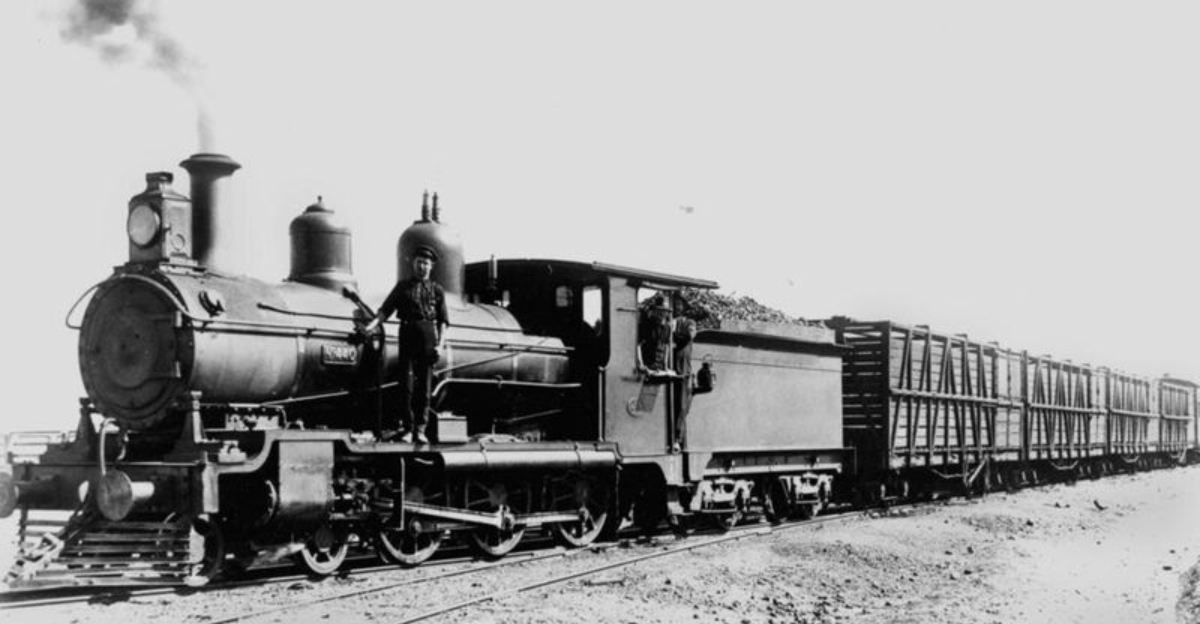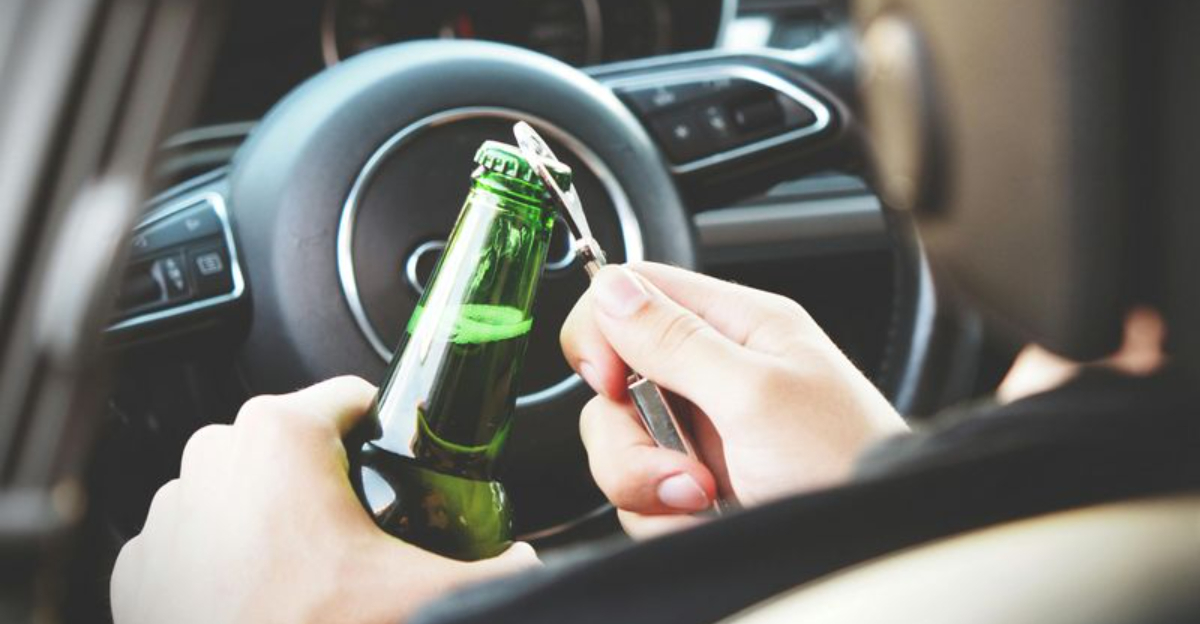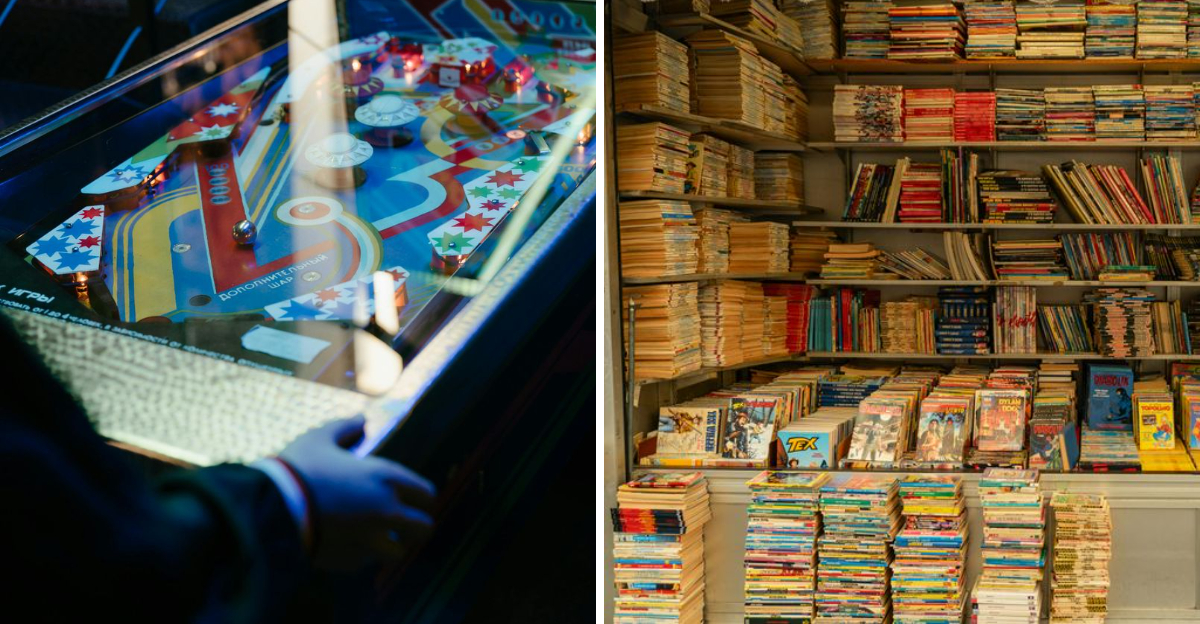11 Boomer Lifestyle Trends That Would Never Fly Today
Remember when kids rode bikes without helmets and cars didn’t even have seat belts?
Baby Boomers grew up in a world where safety rules were loose, and many everyday habits would shock us today.
Times have changed dramatically, and what once seemed perfectly normal now feels wildly reckless and outdated.
1. Teenagers Hitchhiking Alone
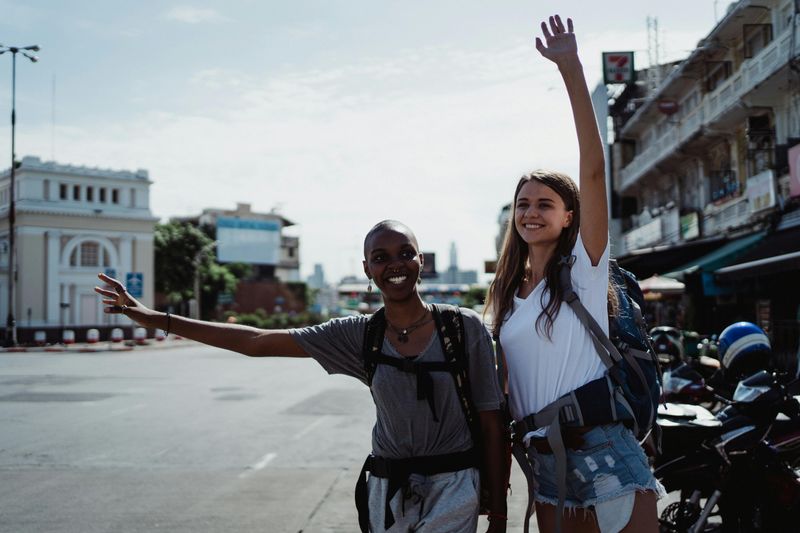
Young people would stick out their thumbs and catch rides from complete strangers to get around town. Parents didn’t panic about their teens accepting lifts from unknown drivers.
Awareness of abduction risks and violent crimes has made hitchhiking terrifying for modern families. Today’s teenagers use parent-approved transportation or rideshare apps with tracking features instead.
2. Cocktails Before Driving Home
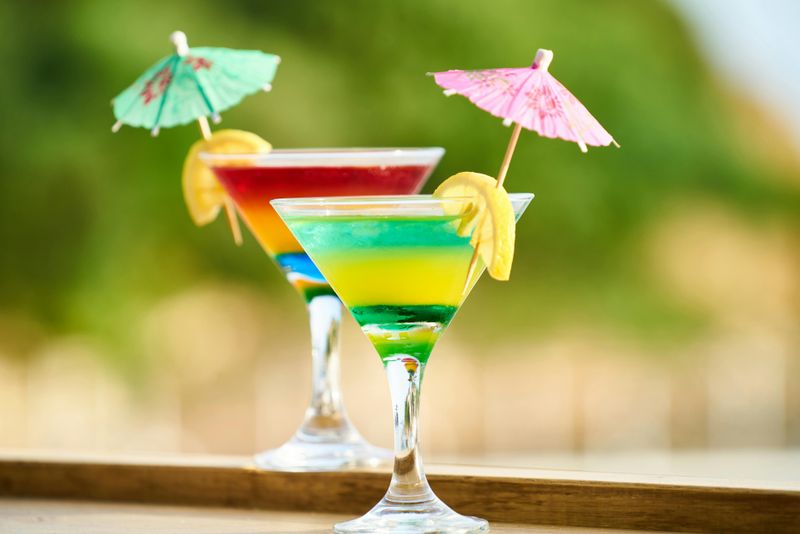
Having several drinks at dinner and then getting behind the wheel was shockingly common. People genuinely believed they drove better after a few cocktails relaxed them!
Strict drunk driving laws, breathalyzers, and awareness campaigns have transformed attitudes completely.
Today, designated drivers and rideshare apps make this reckless behavior both illegal and socially unacceptable.
3. Leaded Gasoline At Every Pump

Every gas station sold leaded fuel, which released toxic lead particles into the air with every mile driven. Nobody understood the neurological damage this caused, especially to developing children.
Scientists eventually linked leaded gasoline to serious health problems, leading to its ban. Today, unleaded fuel is standard everywhere, and lead paint has been removed from millions of homes.
4. Women Expected Home Full-Time

Society pressured women to abandon career ambitions and focus exclusively on homemaking and childcare. Professional opportunities were severely limited, and working mothers faced intense judgment.
Women today pursue careers across all industries with far greater acceptance and legal protections.
Though challenges remain, the expectation that women must choose between family and career has largely disappeared.
5. Bare Heads On Bicycle Rides
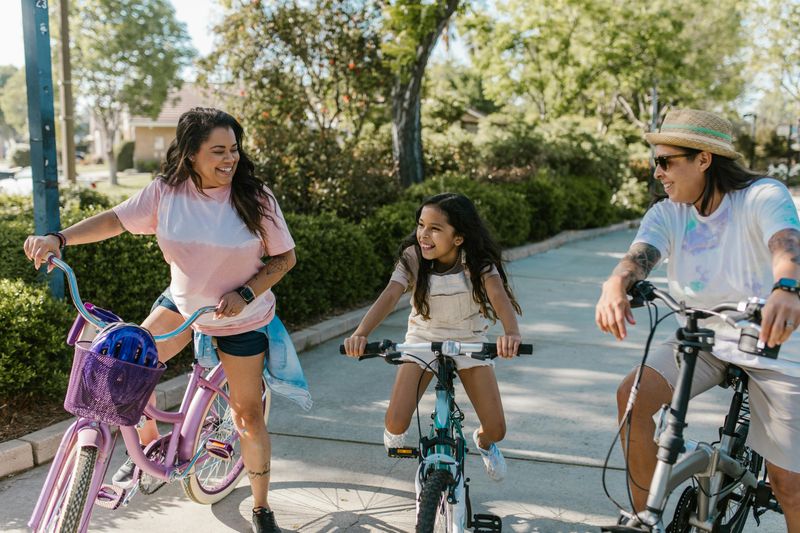
Kids zoomed around neighborhoods on bikes without helmets, performing tricks and racing down hills with nothing protecting their heads. Helmets seemed unnecessary and uncool.
Brain injury research changed everything. Most states now require helmets for young cyclists, and parents insist their children wear protective gear.
The sight of helmetless kids biking today would horrify modern adults.
6. Kids Home Alone While Parents Worked
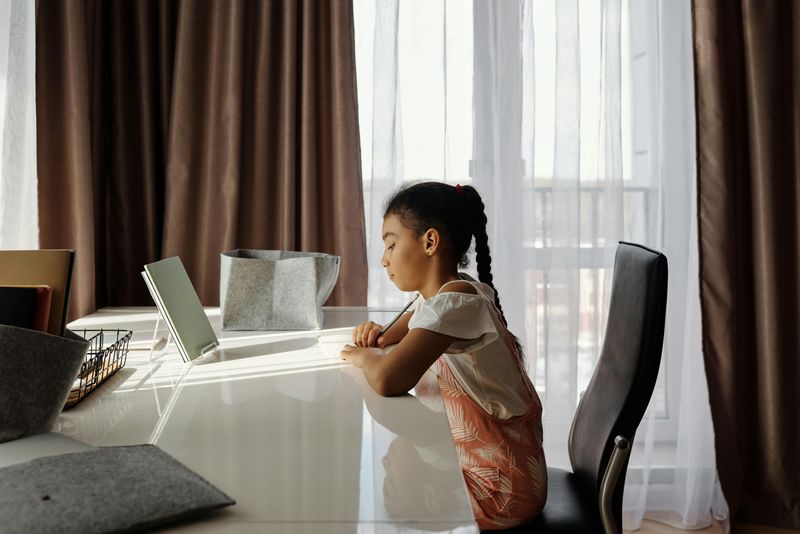
Before and after school, children stayed home without adult supervision for hours at a time. Neighbors might check in occasionally, but kids were essentially responsible for themselves.
Today’s parents arrange childcare, after-school programs, or adjust work schedules to avoid leaving children alone.
Laws in many states specify minimum ages for unsupervised children, making this practice legally risky.
7. Strictly Gender-Divided Roles
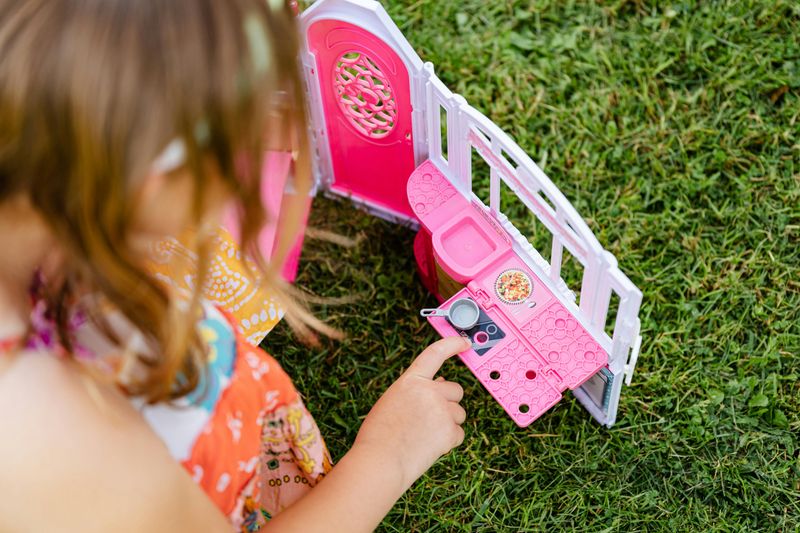
Schools offered home economics for girls and shop class for boys, with little crossover allowed. Career counseling steered students toward gender-typical jobs, limiting everyone’s potential.
Modern education emphasizes equal opportunities regardless of gender.
Students explore diverse interests freely, and workplaces actively recruit across gender lines for positions once considered inappropriate for women or men.
8. Sugar-Loaded Lunch Boxes

Kids’ lunches featured white bread sandwiches, sugary drinks, cookies, and candy with barely a vegetable in sight. Nutrition wasn’t a priority, and convenience foods dominated lunch boxes.
Health-conscious parents now pack balanced meals with whole grains, fruits, vegetables, and limited sugar. Many schools have nutrition standards that would have seemed impossibly strict to previous generations.
9. Playground Equipment Over Concrete

Metal slides scorched in summer heat, towering jungle gyms stood over hard asphalt, and merry-go-rounds spun at dizzying speeds. Injuries were considered part of childhood rather than preventable accidents.
Modern playgrounds feature rubberized surfaces, lower equipment heights, and designs that minimize injury risks.
Safety standards have transformed play spaces into environments where fun doesn’t require accepting serious danger.
10. Kids Walking Miles To School Alone
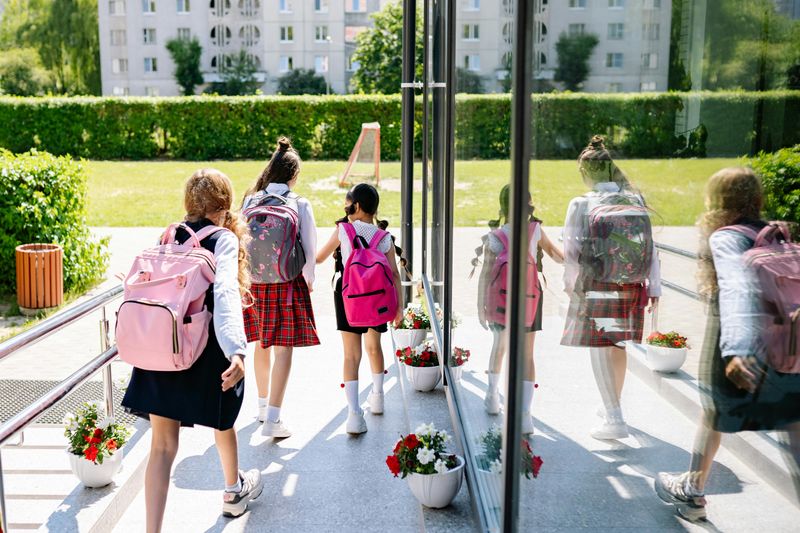
Elementary-aged children walked long distances to school without adult supervision, crossing busy streets and passing through unfamiliar neighborhoods. Parents viewed this as building independence and character.
Concerns about traffic, abduction, and safety have changed this practice dramatically. Most children now ride buses, get driven, or walk only short distances with adult supervision or older siblings.
11. Corporal Punishment In Schools
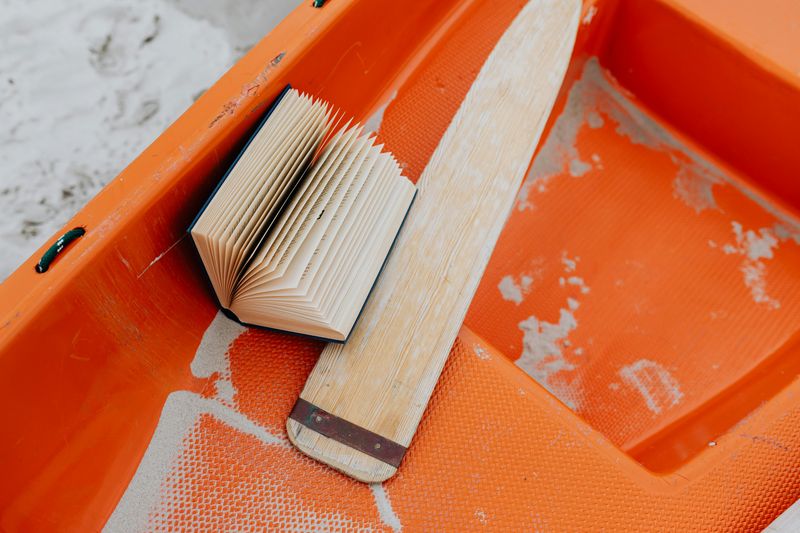
Teachers and principals used wooden paddles to discipline students, and parents generally supported this approach. Physical punishment was considered an effective way to maintain classroom order and teach respect.
Research on child development and trauma has ended this practice in most schools.
Modern discipline focuses on positive reinforcement, conflict resolution, and addressing underlying behavioral issues rather than physical punishment.


